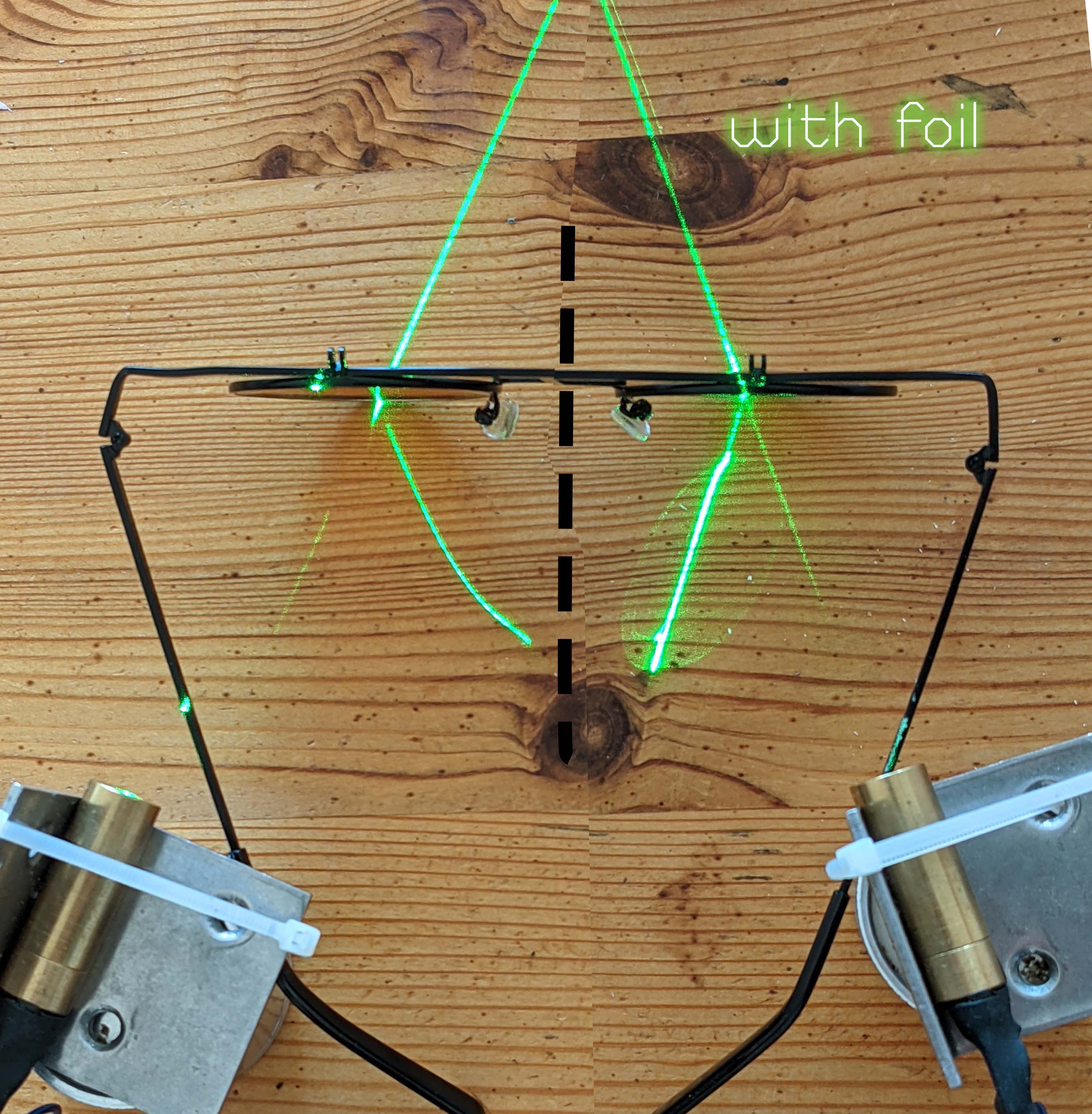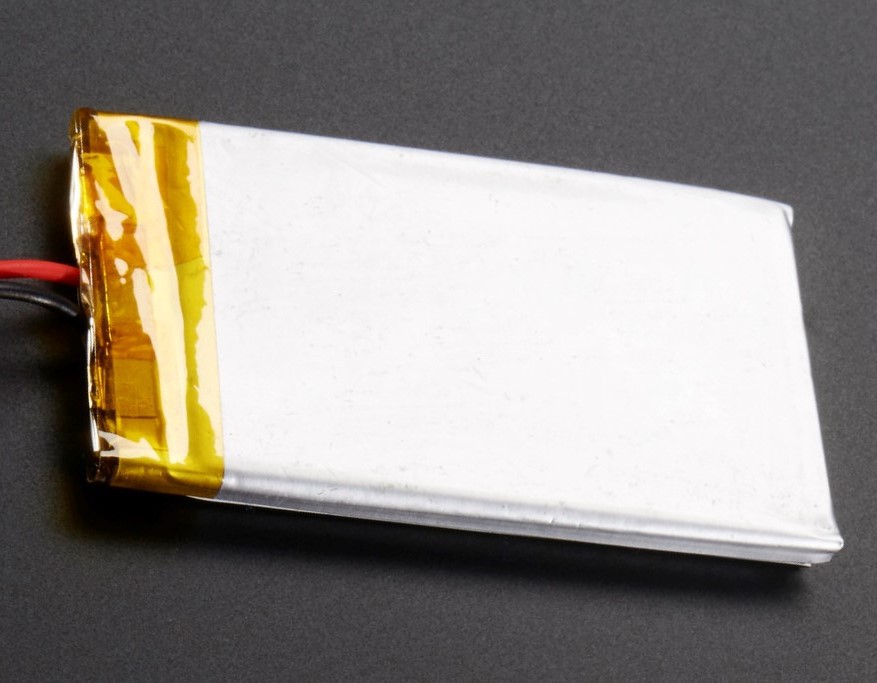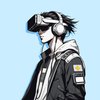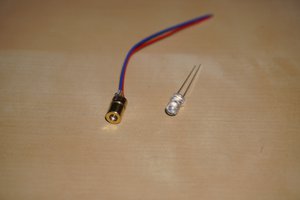
The Idea
I was always fascinated by AR glasses and wanted to make my own, but most DIY glasses feature small low resolution screens or require bulky screens. I want to find a way to reduce the size of the display technology while increasing the output quality.
My idea is inspired by oscilloscope music. Oscilloscope music encodes a video in the music, and the video can be decoded by hooking up the left and right audio channel to a X-Y oscilloscope. The oscilloscope only outputs a single dot, that is moved to the position that matches the analog voltage of the audio signal. Through persistence of vision (and the screen but that's not important here) the point traces lines, which are used to display vector graphics. Now the beauty of vector graphics is that the resolution mainly depends on your analog signal, and it is possible to encode nearly all types of form outlines into analog signals. The beauty of this system is that you only need a single ray that is steered to where it is needed, which means it could possibly be shrunken down beyond the size of a display.
Now the question is how I can use this technology in a pair of glasses. Instead of electrons, I want to use a laser. The only problem is that light can't be bent in the same way an electron beam can. So I looked at showlasers, that use this exact principle. But they rely on high power high precision motors that align mirrors in the right way. This is not suitable for wearables and also way too slow to display text or complicated graphics. So my idea was to use piezo ceramics to adjust the mirror. The beauty of piezo crystals is that they use low power and operate at high frequencies all while being tiny compared to any electromagnetic system.

This idea is not new, however existing systems (like this) are still bulky and require large drivers. This is because they are made for ultra high precision applications, and provide feedback for accurate positioning. I hope to get around all that by making my own small system from cheap piezo ceramics I found on eBay (I am still awaiting the package from China).
Difficulties
While piezos are amazing they are also very difficult to drive. They require high voltages (in my case up to 100V) and high frequencies. And even at that voltage they only extend in the micrometer range so I need to work very accurately to get a clear image. Also I may need to use optics to scale the output range to match my glasses.
While I had hoped to project the laser image directly onto the retina, I don't have the resources for complicated optics. That's why I will try to use cheap HUD foil, that is used to project a smartphone screen onto the windshield and it should reflect the image into your eye. I will place the foil on one lens of my glasses and project the laser onto it. That means, the image will probably be visible from the outside, but for now this is a drawback I am willing to accept.
Another difficulty will be to reduce the laser diode's output so it won't damage the eye.
Goal of this project
I hope this project enables hardware hackers and tinkerers to play with high resolution monochrome (color of the laser) AR glasses that they can build themselves for less than 100€. Should this project succeed, it will probably not be world breaking technology, considering it uses moving parts, and can't be used to display color images, but on the other hand it could provide an eye catching aesthetic and a new challenge to design user interfaces optimized for analog vector output.

 jayframe
jayframe

















 Ted Yapo
Ted Yapo
 Kert
Kert
 Zach Baldwin
Zach Baldwin
 Nathan Kerns
Nathan Kerns
There has been a great deal of value to me in my involvement with the project. Would like to share it with the oakley glasses nose pads team so they can also read it and implement something new.